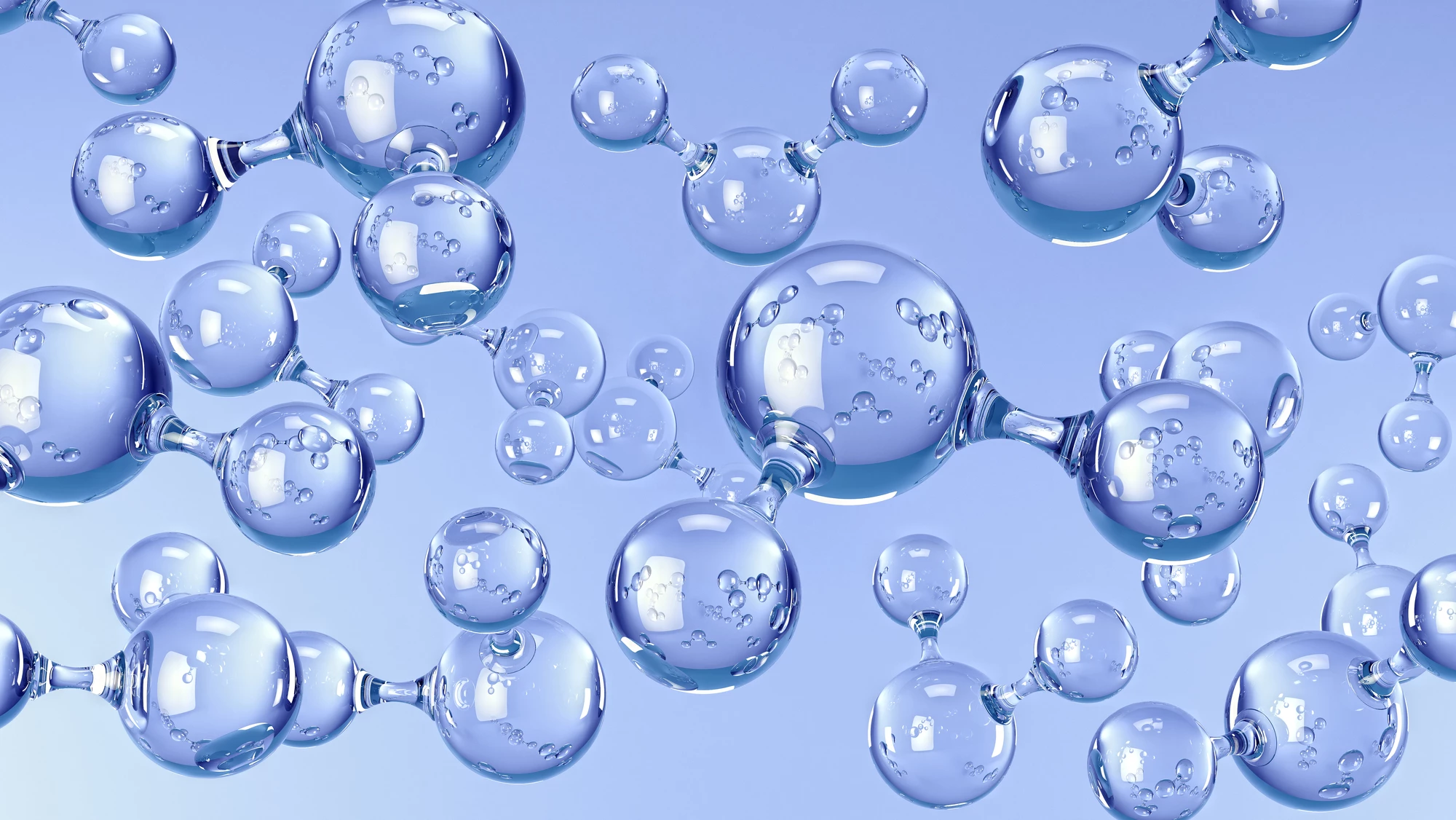Scientists at the Tokyo University of Science have used rust as a catalyst in light-assisted hydrogen production from organic waste, finding it produces 25 times more hydrogen than previous titanium dioxide catalysts.
Japan and Korea, in particular, see hydrogen as the clean fuel of the future, and are reorganizing themselves to make way for a zero-emissions "hydrogen economy" in which transport will mainly be driven by fuel cell vehicles and hydrogen-burning engines, which emit only water as their end product.
Economical and sustainable hydrogen production methods, however, have not really been nailed down. Electrolysis wastes a lot of energy and uses up fresh water. Gas or coal production releases large amounts of carbon at the production site, negating any perceived environmental benefits. Solar-driven photocatalytic processes invented in the 1970s produce so little hydrogen they're not worth the trouble or expense of their titanium dioxide catalysts.
Now, a team from the Tokyo University of Science believes it's found a solution for cheap, highly efficient photocatalytic hydrogen production based on a special type of rust.
Using the light from a mercury/xenon lamp, a water-methanol solution and a form of rust called α-FeOOH as the catalyst, the team found themselves producing 25 times more hydrogen than previous titanium dioxide techniques. As an added benefit, something about this particular form of rust seems to help stop the hydrogen gas from re-coupling with the oxygen in the container, allowing easier separation and heading off a potentially explosive hazard. The configuration continued producing hydrogen in a stable fashion for more than 400 hours.
The team next plans to study exactly what role oxygen plays in activating light-induced α-FeOOH reactions, because it stopped working altogether when the oxygen was removed from the reaction chamber. While this technique still requires the splitting of water – far from an infinite resource – to create hydrogen, it could be an efficient way of doing so using sunlight without requiring any expensive catalysts.
The study was published in Chemistry: A European Journal.
Source: Tokyo University of Science





